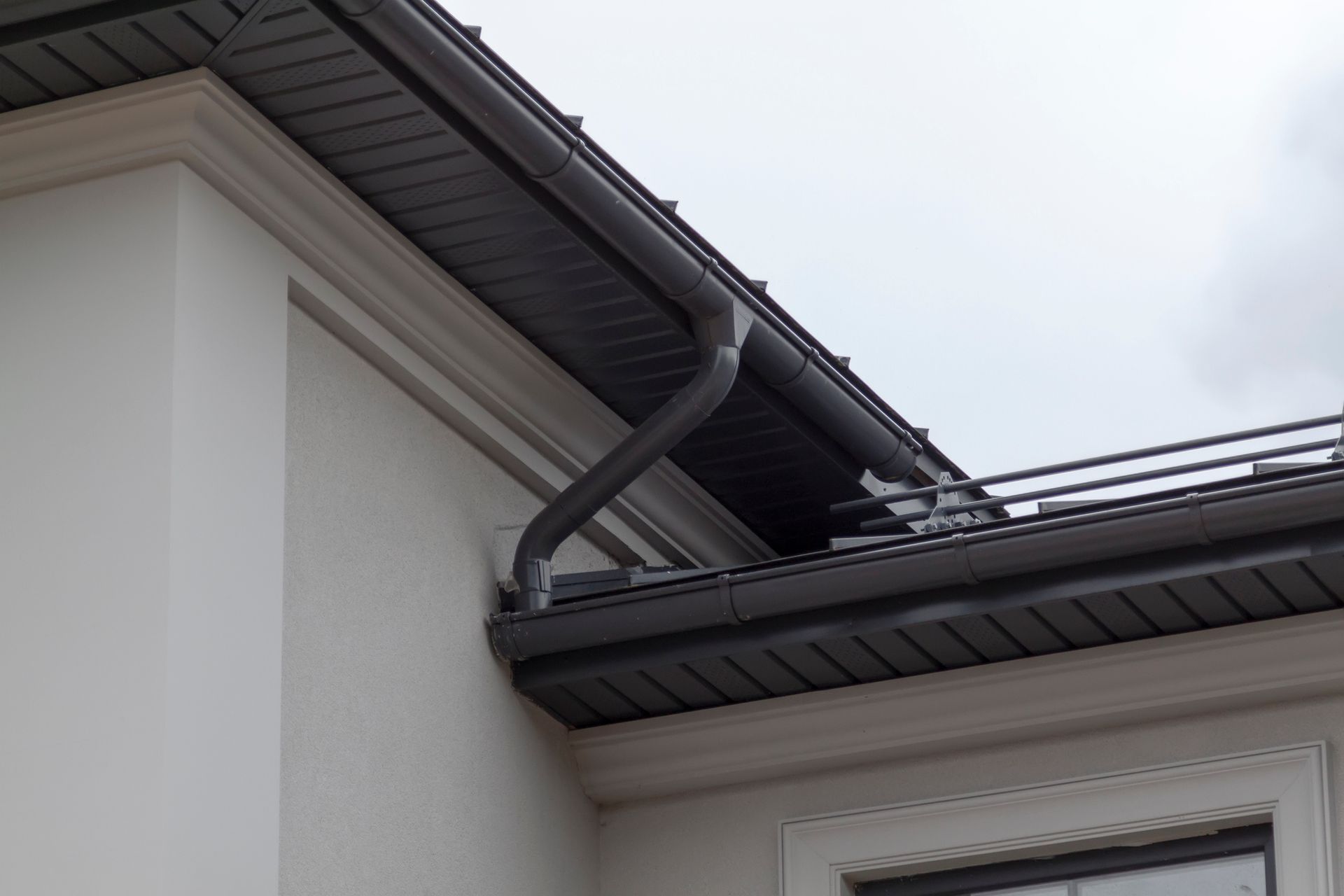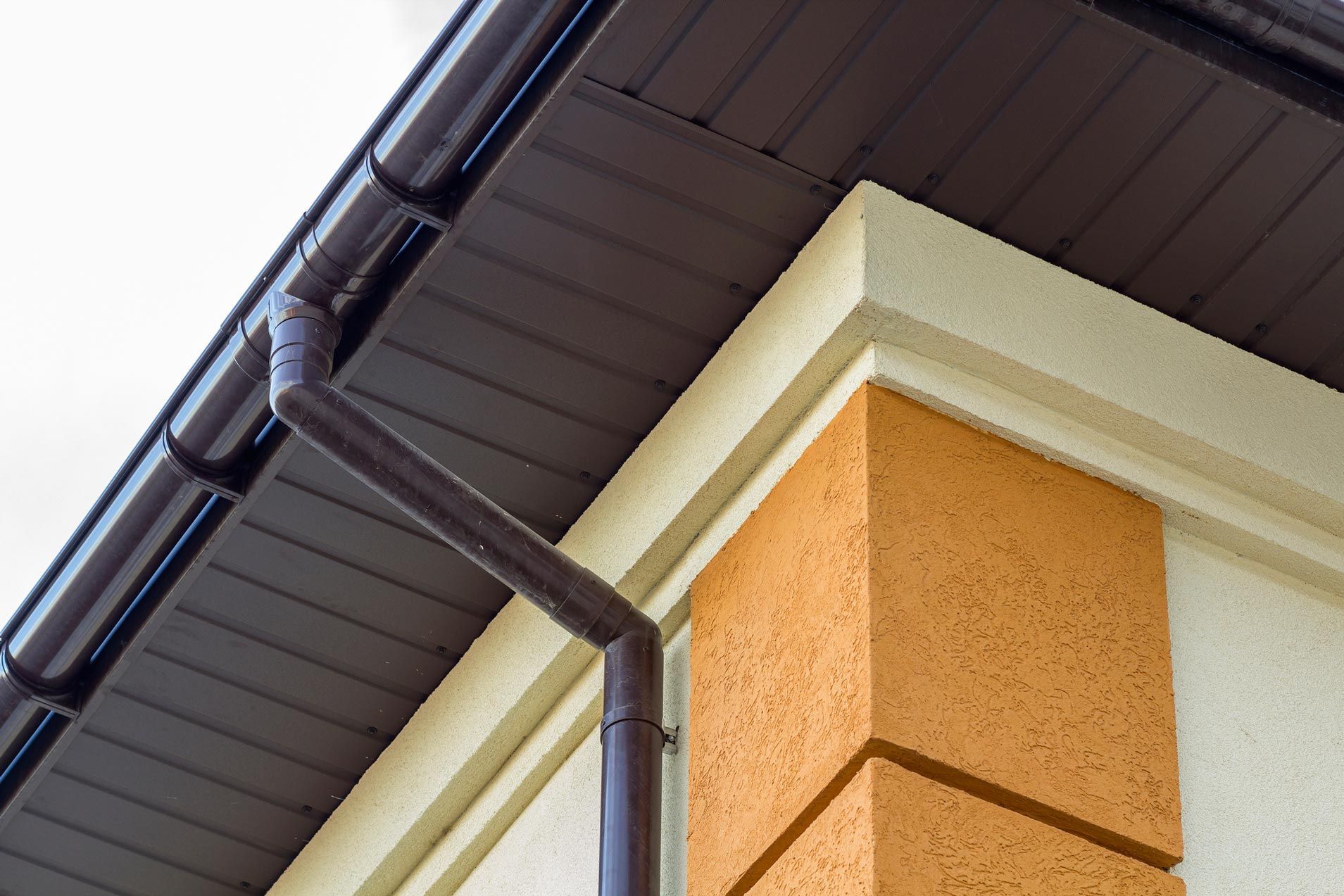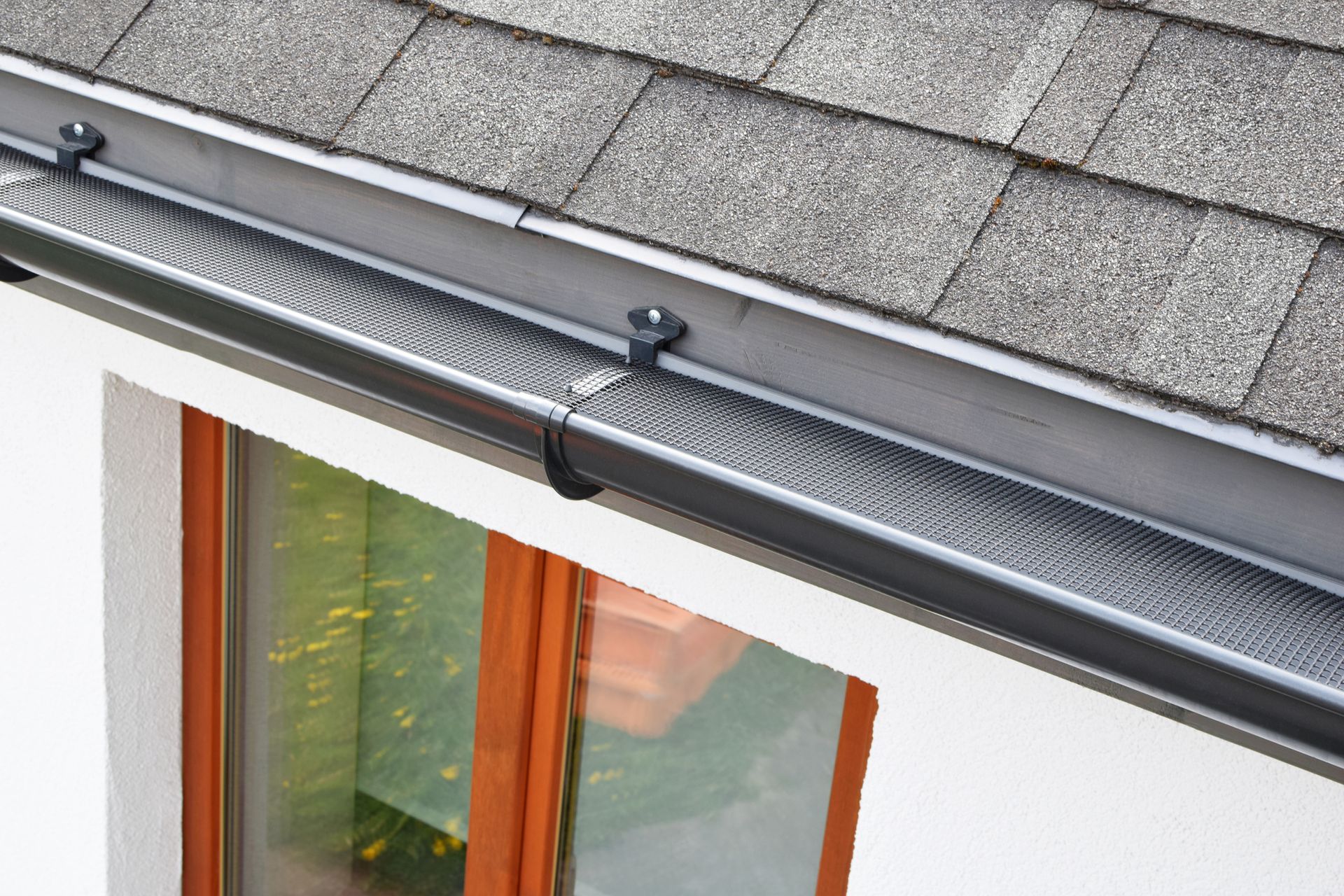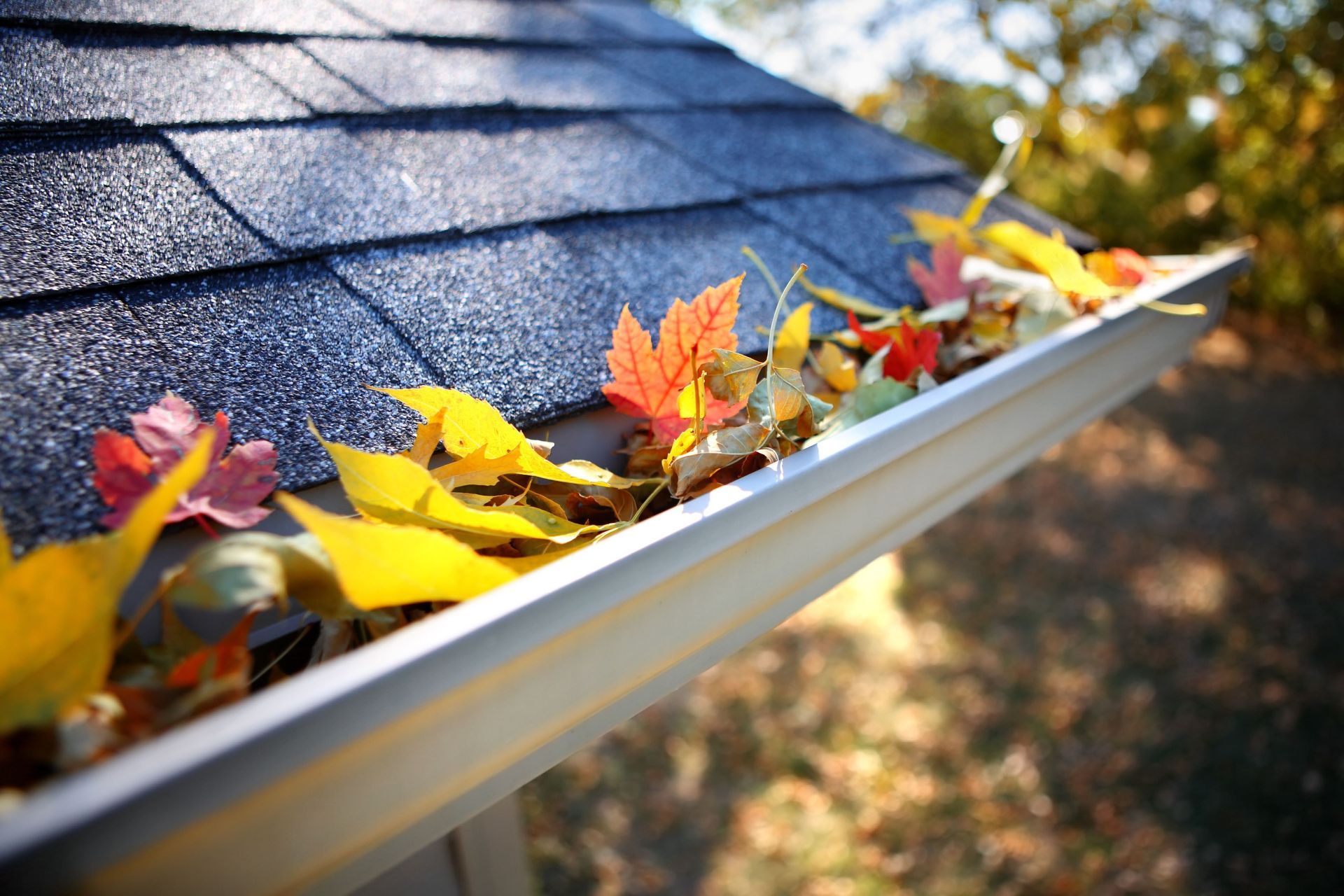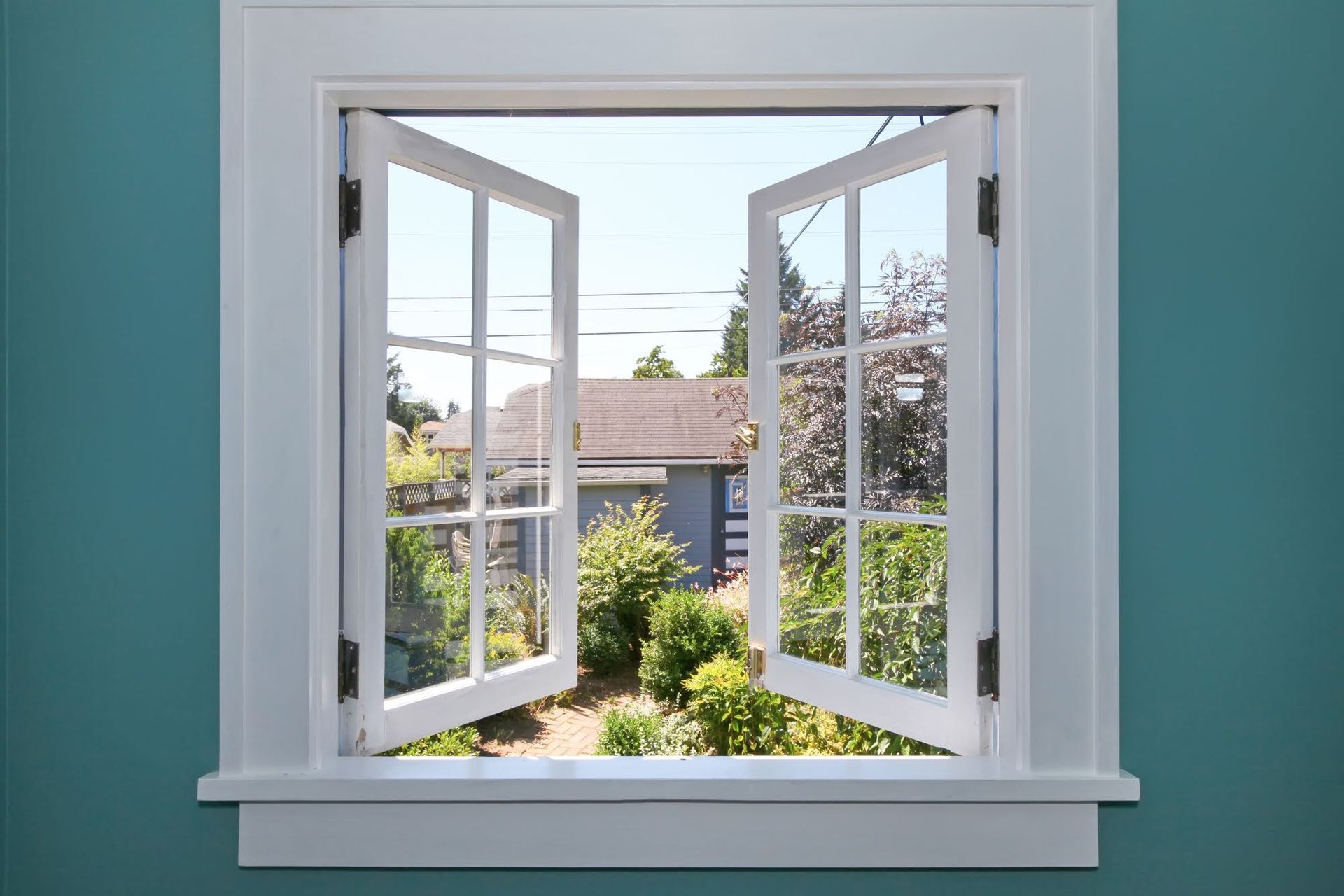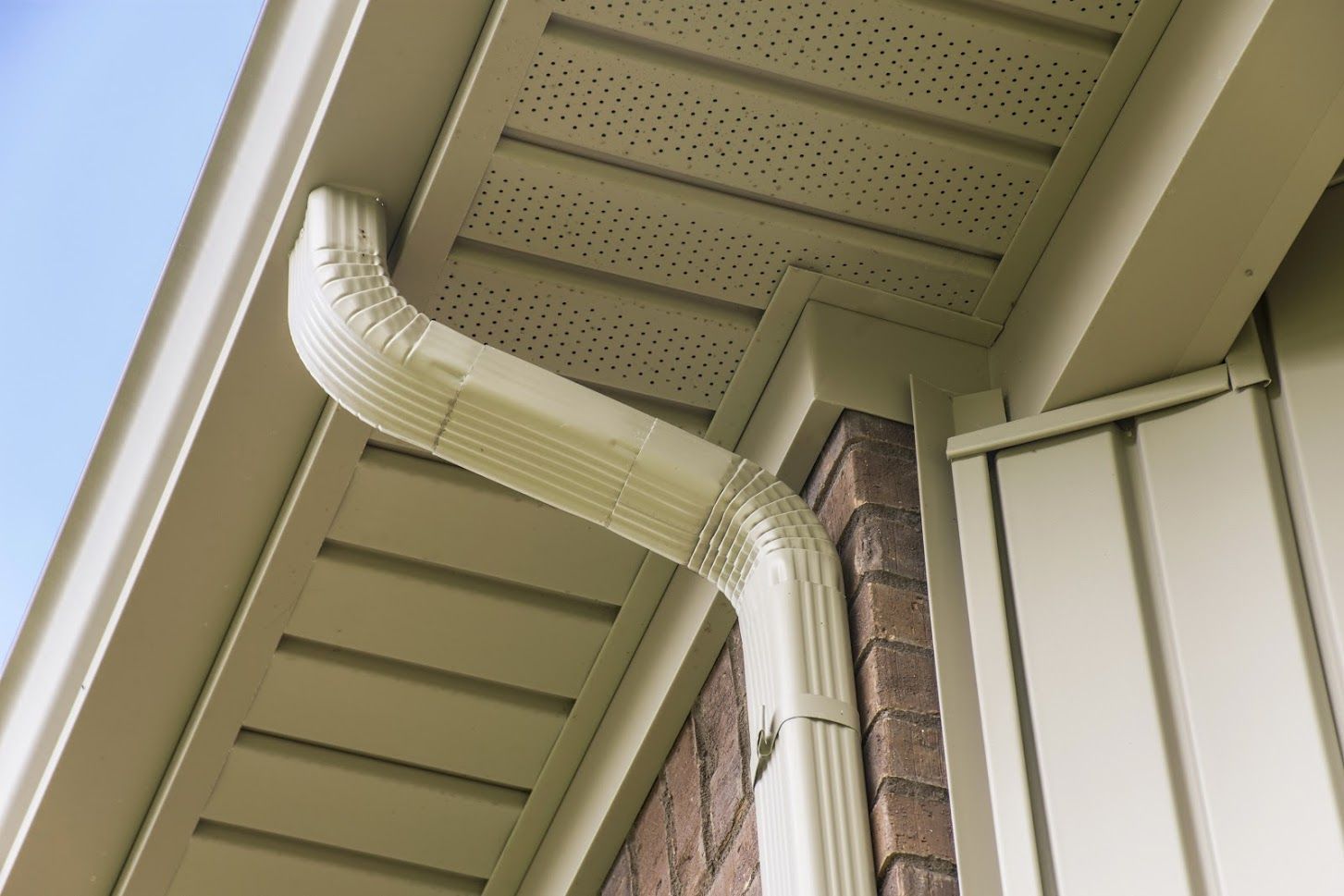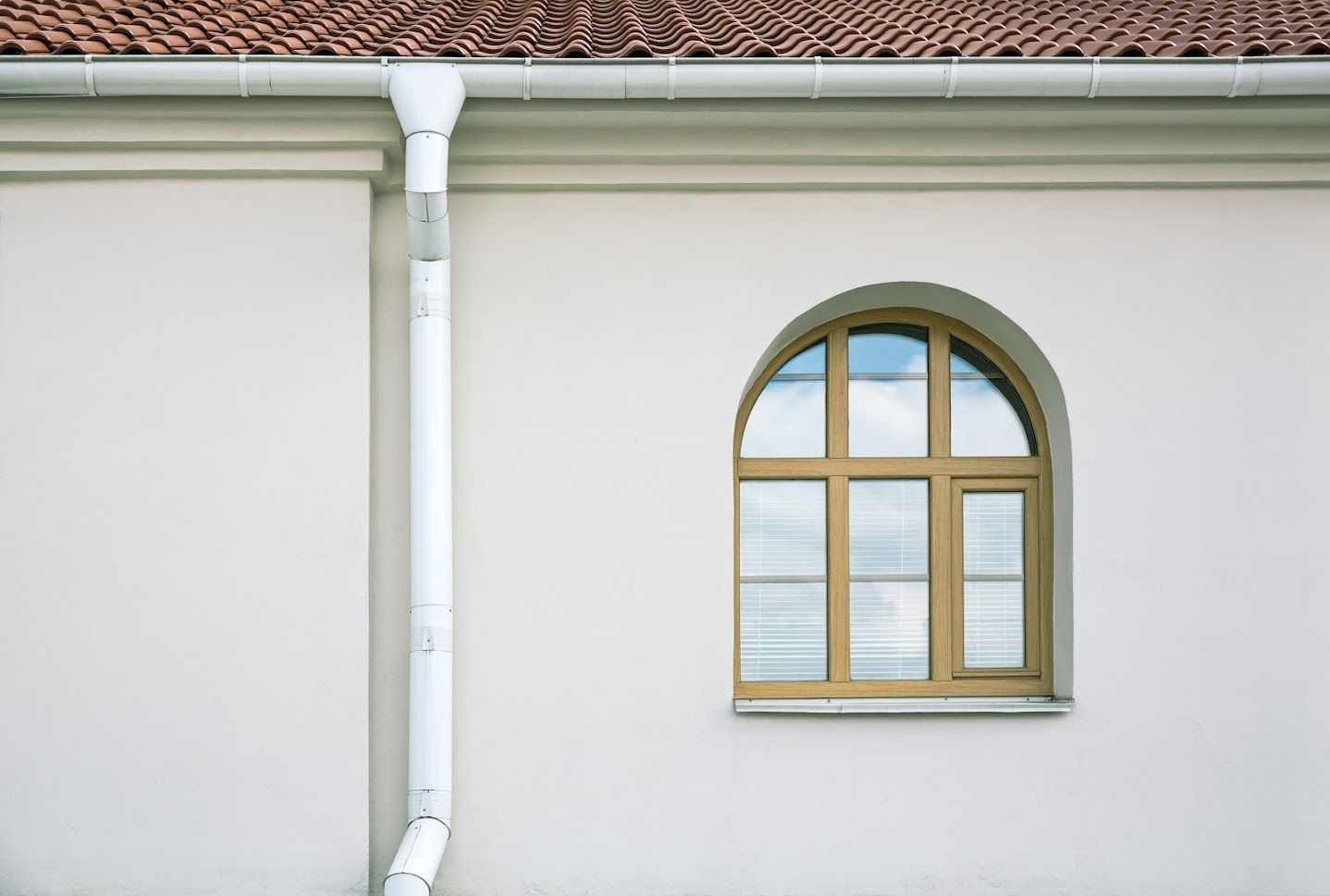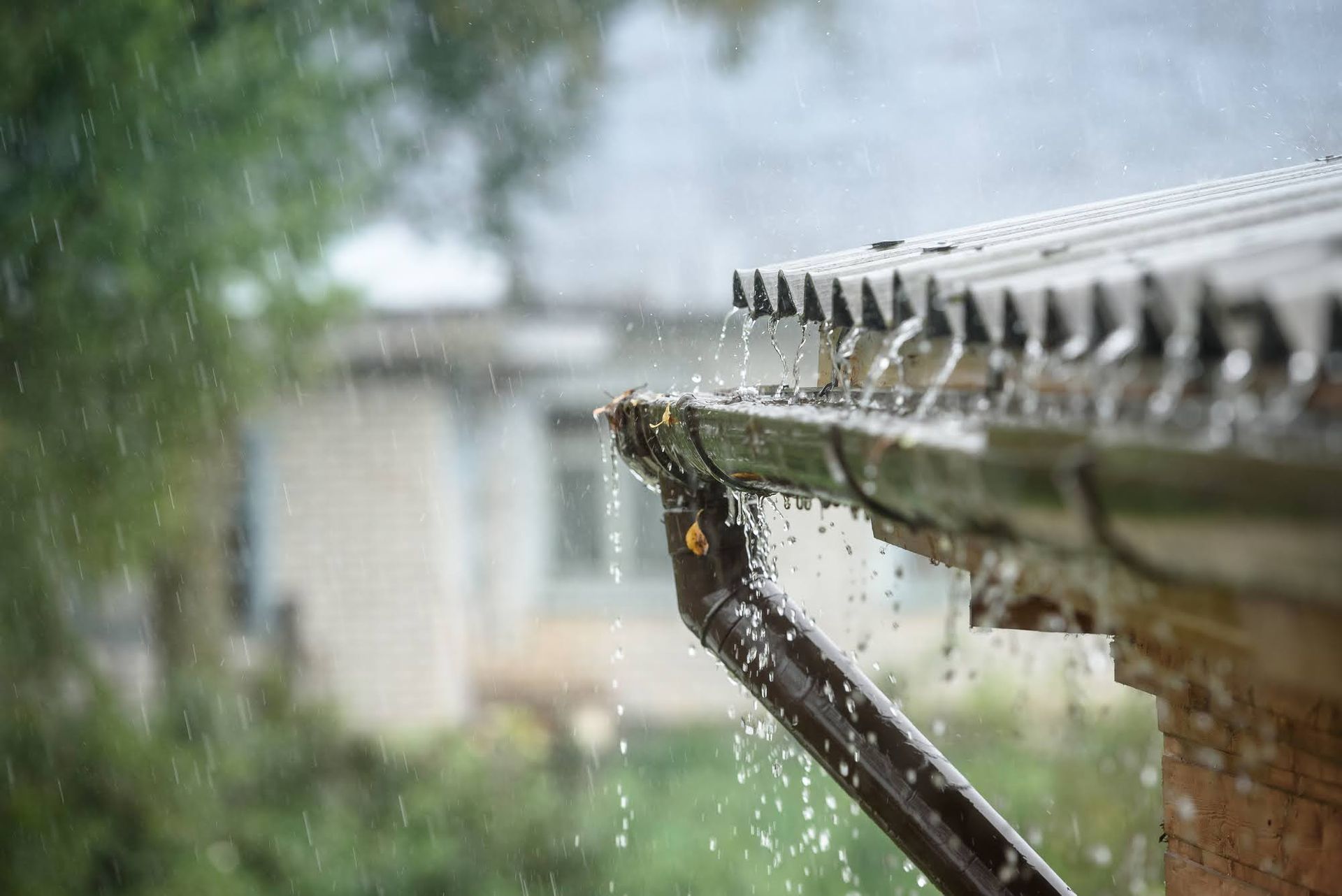When Do You Need Gutter Replacement? 8 Warning Signs
July 18, 2017
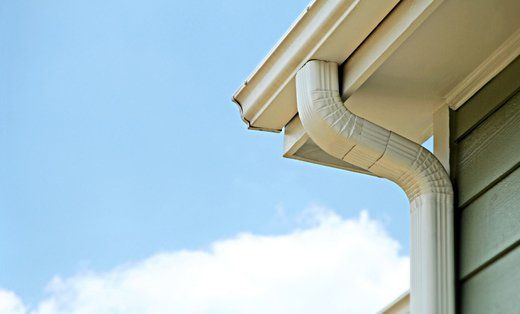
Your home’s structural integrity depends on your roof, foundation, siding, and other important exterior elements. However, when planning exterior maintenance, many homeowners overlook a crucial system that can affect these other elements: the gutters.
Gutters that have received minimal maintenance over time or that have aged significantly may be damaged to the point that replacement is required. In this blog, we list eight warning signs that it’s time to replace your gutter system.
1. Advanced Age
Most gutter materials last between 15 and 40 years. If you have not had your gutters professionally inspected, repaired, or replaced within that time period, consider scheduling an evaluation.
If you have not owned your house for the entire time period and do not know how old the gutters are, consult with a gutters expert to determine the likely age and current condition.
2. Corrosion
Galvanized metal gutters can become rusted and otherwise corroded over time, especially if the gutters consist of low-quality or inadequately finished materials.
If you notice rust spots in multiple areas or rust along the bottom of your gutter troughs, your system may leak more easily. You will likely need to replace the gutters to resolve the corrosion issues.
3. Damaged Siding
When gutters fail, you may first notice issues with your siding. Overflowing or leaking gutters may cause stains, water damage, or peeling paint on your siding.
If left unaddressed, problem gutters may force you to replace sections of your siding as well.
4. Holes
Holes in your gutter troughs can appear for several reasons, including corrosion and impact damage. When a hole develops, the gap allows water to flow down the side of your home rather than through the downspout. Holes can also encourage insect infestations during the dry season.
You may need to replace the affected section or the entire system to prevent hole-related problems.
5. Interior Leaks or Water Damage
In some cases, flooded or leaking gutters become severe enough to cause interior water damage. You may notice cracks, stains, or peeling paint, especially near the ceiling on your uppermost floor.
Interior water intrusion can be complex, so you will likely need a contractor to assess the damage to determine if the issue stems from gutter failure.
6. Overflowing Troughs
When gutter troughs become obstructed, the water may flow over the edges rather than toward the downspout. Overflowing troughs can also occur when the gutters begin to sag and become unattached from the house, which prevents normal water flow.
If cleaning your gutters does not resolve the issue or if you notice frequent clogs, you may need to replace the system.
7. Puddles Around the Foundation
Your downspout directs water away from your home’s foundation to minimize stress and water damage to the structure. When gutters develop holes or begin to overflow, however, the water may end up puddled around the base of your home.
In this situation, you may also notice pits developing around your home as water erodes the soil.
8. Sagging and Warping
Functional gutters must run close to the roof of your home. When the troughs bends, sags, or pulls away from your home, the gutter may become inefficient or hazardous.
This issue can develop due to broken fasteners, chronic clogs, or age. Once the troughs become warped, the affected sections will likely need to be replaced completely.
Inspect your gutters in the spring and fall each year to ensure you don’t overlook any key warning signs of gutter failure.
If you notice any combination of the symptoms listed above, install a new, high-quality gutter system. Once you replace your system, keep your gutters well maintained and consider adding a gutter cover to minimize trough obstructions.


